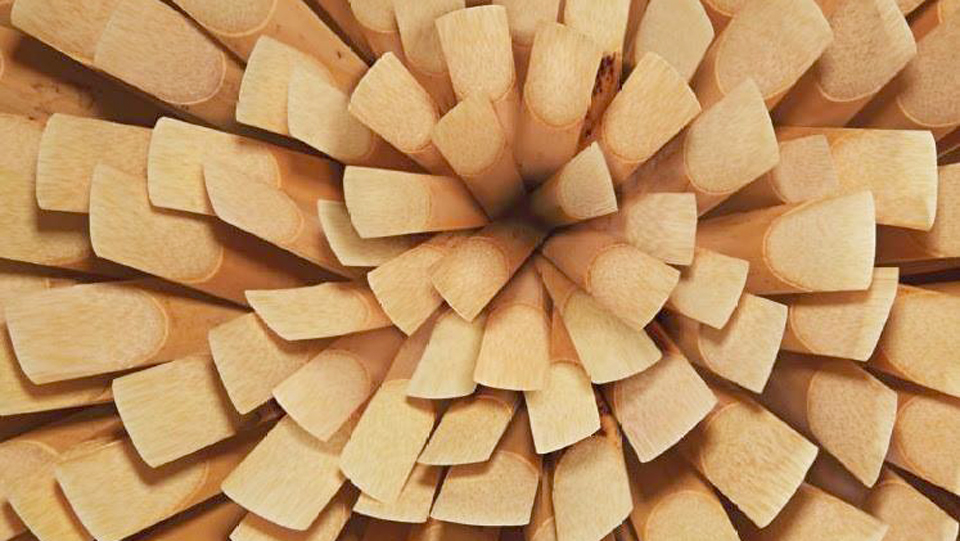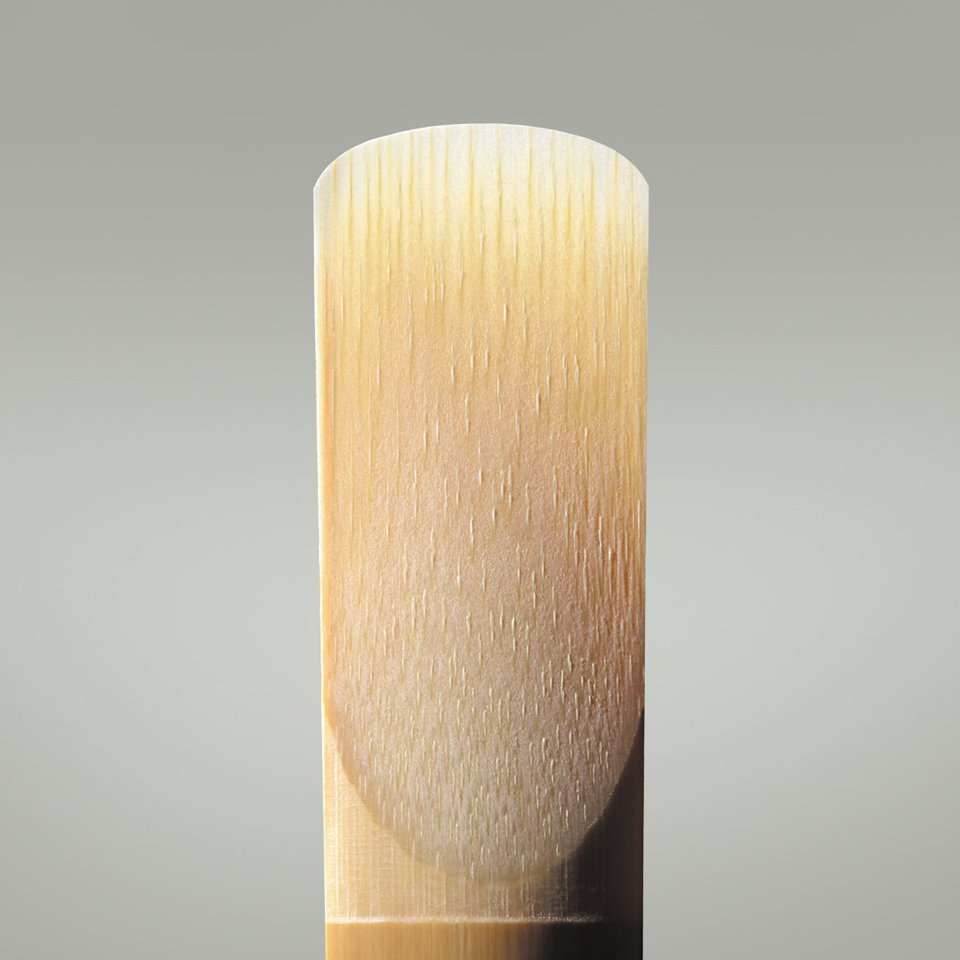The Reed Cane Journey – From Field to Factory
6th December 2021In this blog we take a look at how your Clarinet reed or Saxophone reed is made. The natural materials used to make cane reeds go from field to factory and eventually onto your mouthpiece! Check out the full journey of this incredible natural product and the hard work that goes into making your reeds by the D’Addario Woodwinds team…

Where it begins
D’Addario own two cane plantations, one in the south of France and one in Argentina. It’s no surprise that two of the regions that are great for growing wine grapes are also the best for cultivating cane. Cane needs the perfect balance of weather conditions to grow, which usually takes around two years to be fully matured enough to be harvested. D’Addario have plantations in both hemispheres because cane can only be harvested in the winter, therefore, by having two plantations, they are able to have a year-round supply of cane.
The harvesting of the cane usually takes around 2-3 months, these steps include: de-husking, sunning, drying, sawing, and storage. This is all done at the farms before it is then shipped over to California where it is then cut in their factory.
The type of cane, Arundo Donax, has been chosen for its internal fibre structure which makes it ideal to be used for music. As it is a natural product, it can vary in strength and density naturally, therefore it is important for D’Addario to control the manufacturing process to ensure reed consistency.
New Technology
D’Addario spent five years developing their fully automated reed making machines, which were then built in the factory in Sun Valley. The reed making process that they use is a huge advancement in how reeds are made. This is the only reed making machine where each step in the process is controlled digitally.
When the cane arrives in California, it has been turned into a cane split. This is where the cane tube is split into four, before it is then turned into a blank. The cane splits are already sorted by product depending on their size, for example, saxophone splits would be used for soprano saxophone reeds.
Digital blanking
The first step that the cane splits go through is a process called ‘digital blanking’. The splits are passed through the machine, where the first two cuts remove material from the table of the reed, approaching the final thickness gradually. Next, the side cutter creates a conical shape from the heel to the tip of the blank. The final thickness of the blank is achieved with two sanding wheels that have measurement probes between them to check the thickness. The blanks are then digitally inspected using cameras, to ensure the cane has the correct colour, symmetry, and dimensions. Any blank that doesn’t meet the correct standard is rejected, while the rest of the blanks pass onto the next steps of the process.
These blanks then receive a pre-vamp cut on the bark side and are measured for strength. This is the last step for this machine, the pre-vamp cuts are then stored before they are cut into the different models of reed.

Digital Vamping
The finished blanks are stored according to their strength, then picked out to be cut when reeds are required in that strength.
The blanks are cut using a process called ‘digital vamping’, once the reeds are in the machine, the blank is secured before it is then cut by the diamond cutting blades. The digital vamping machine can make two reeds every six seconds, although this part of the process is fast, it is also very accurate.
The machines are set to maintain a tip thickness with a tolerance of .0002mm either way. So, what this means for you as a player, is there will be a higher level of consistency between each reed, giving you more reeds in a box that will play how you want them to.
Quality Control
The final step for the reed is to go through are several rigorous quality control checks. The reed is inspected by multiple cameras which check 34 different parameters which might cause the reed to be rejected. So only reeds of the highest quality and consistency make it through, and into the boxes you buy.
Once the reeds have been marked according to their brand and strength, the machine inserts them into their plastic reed holder, and finally into the box.
